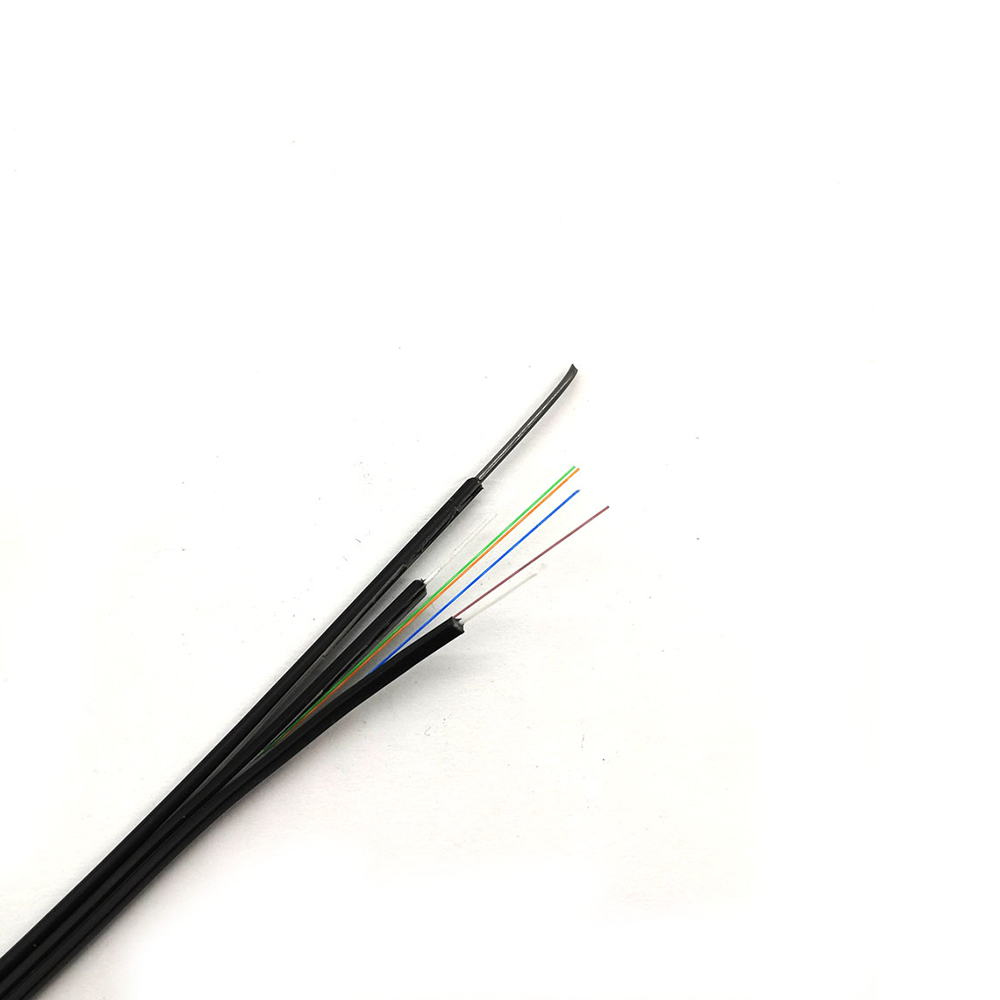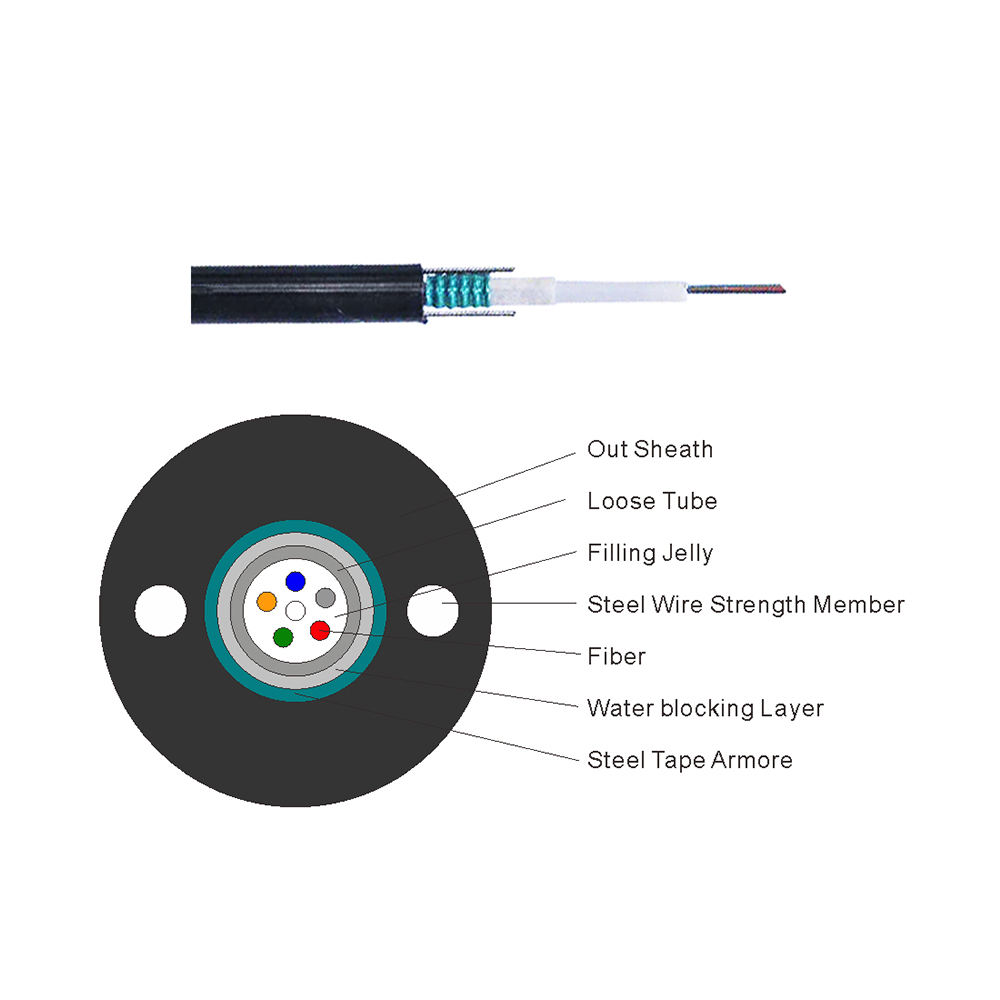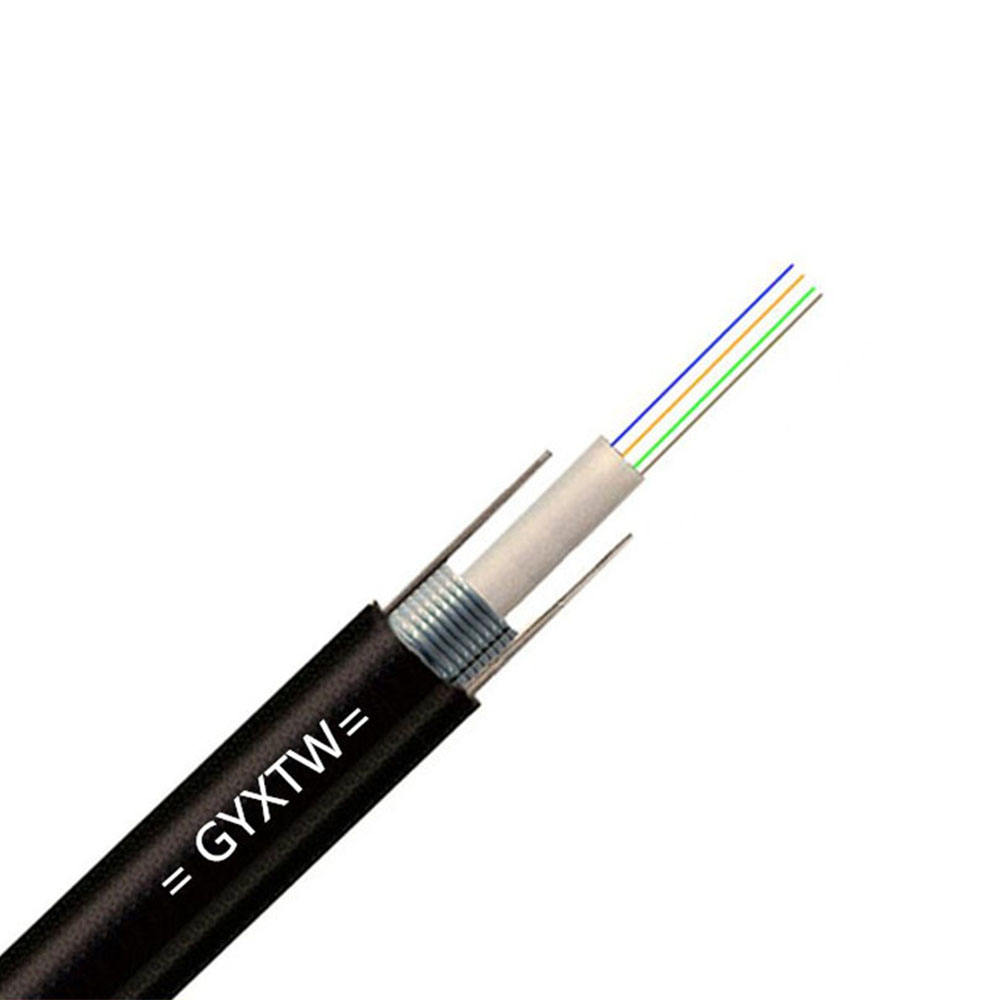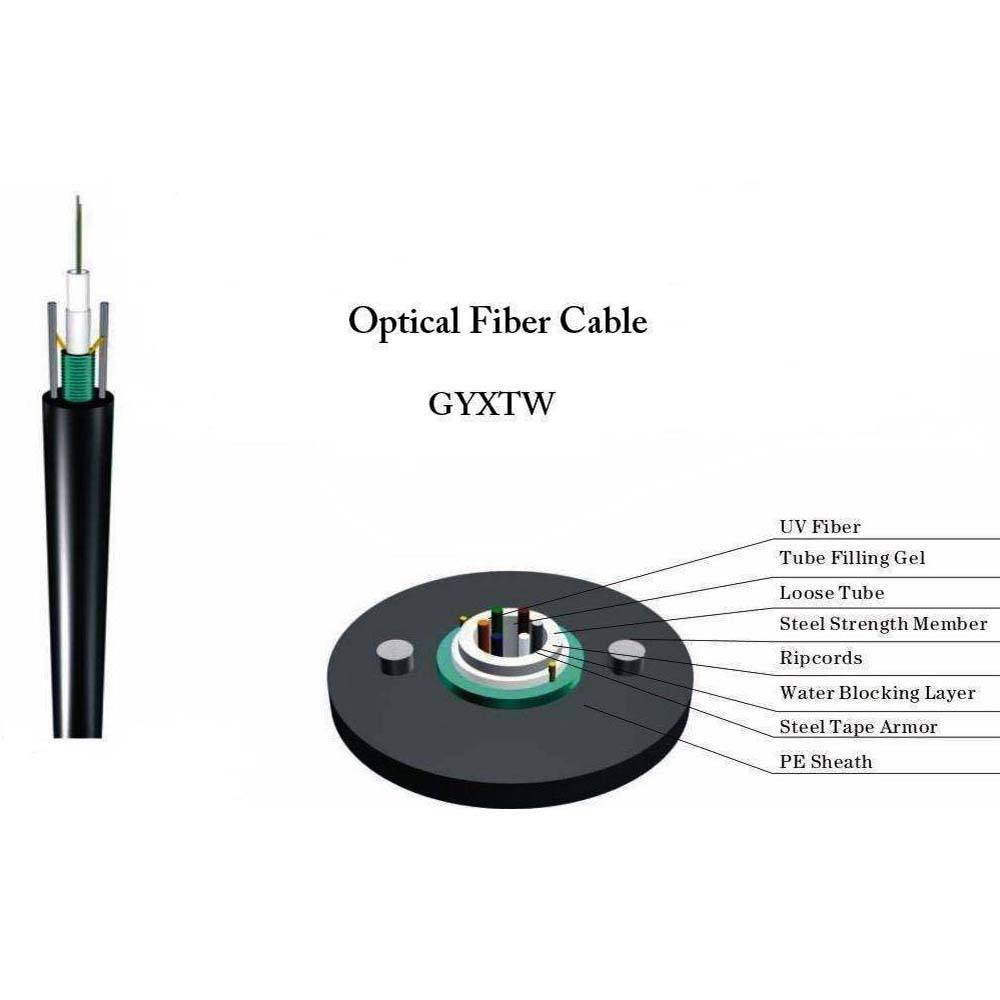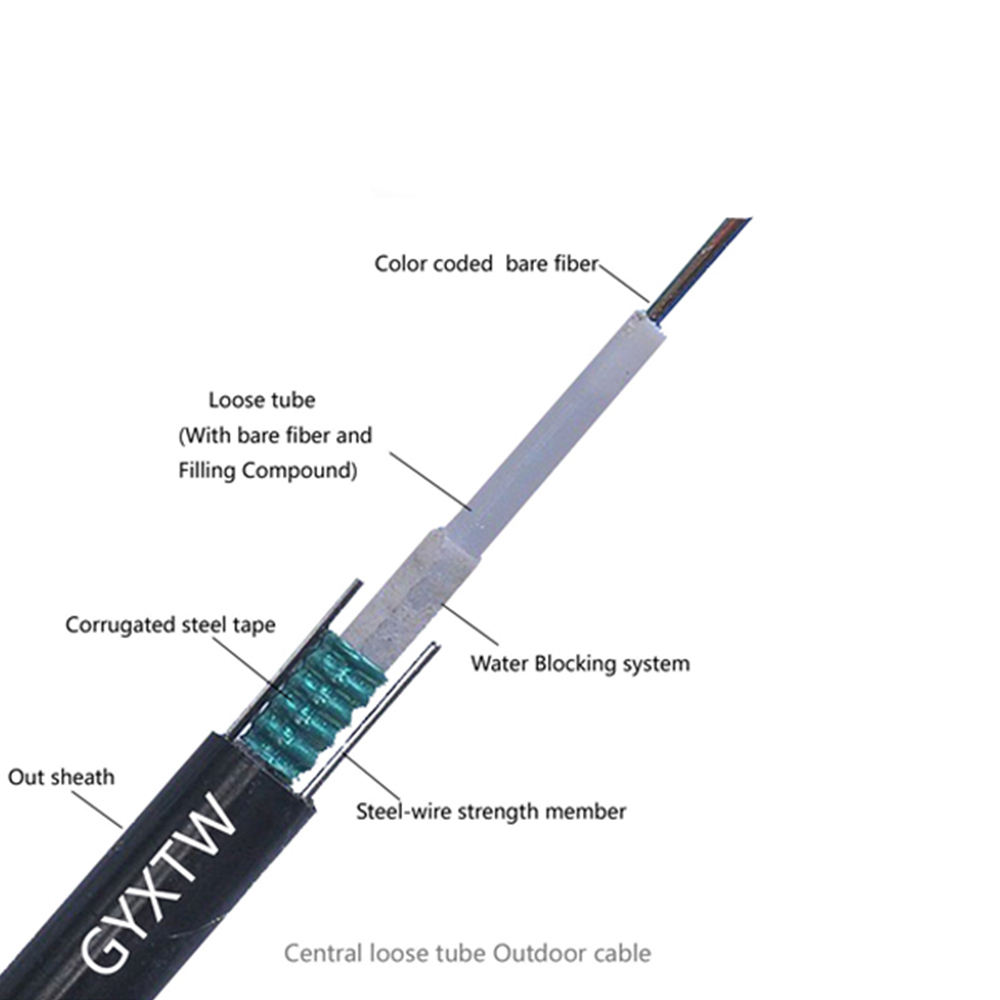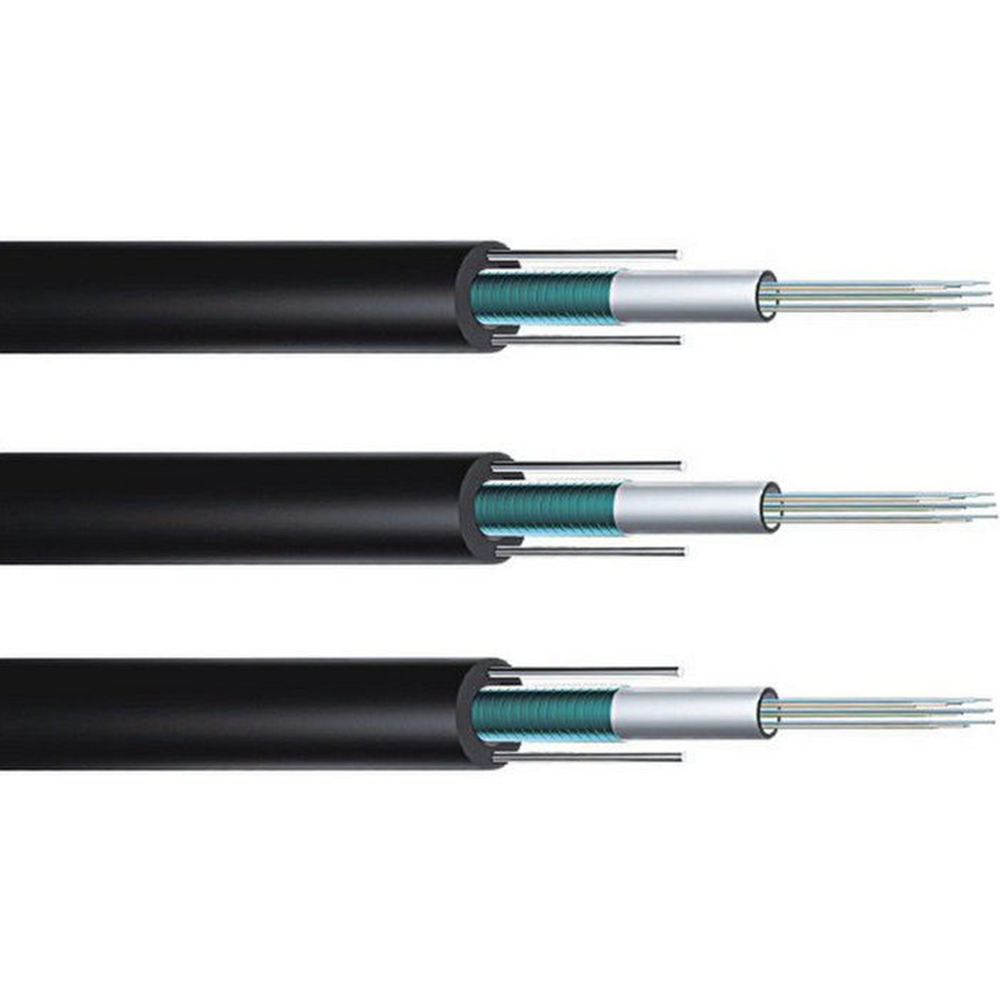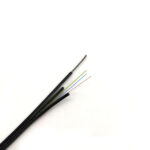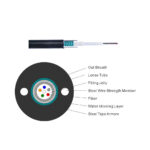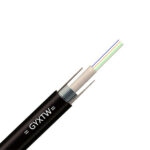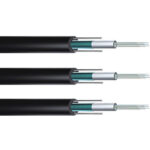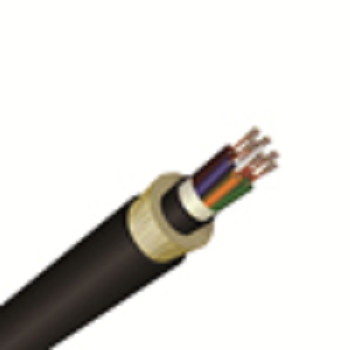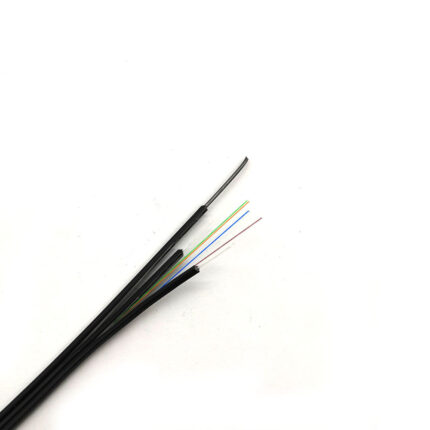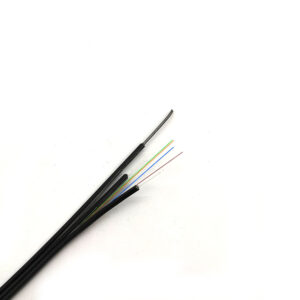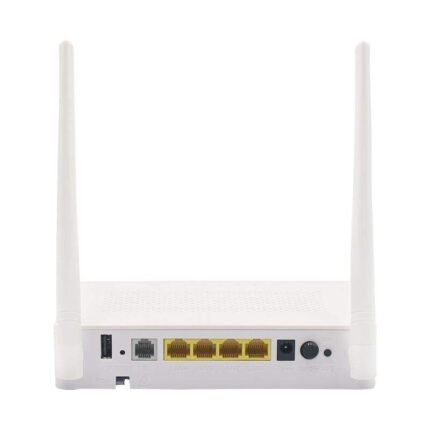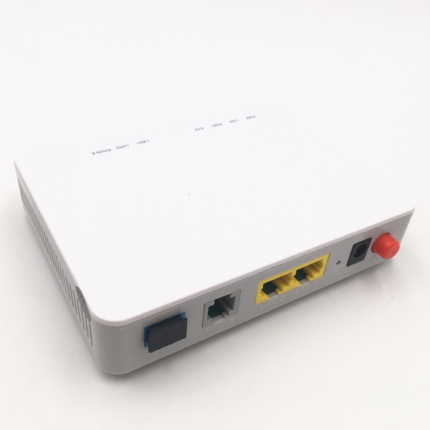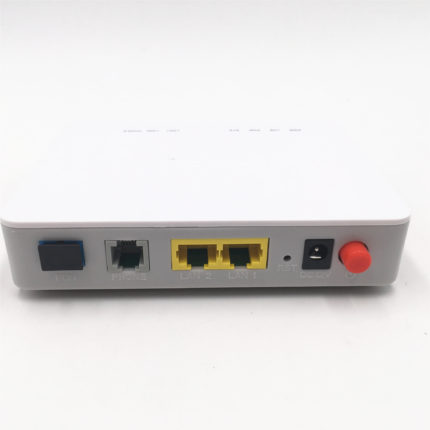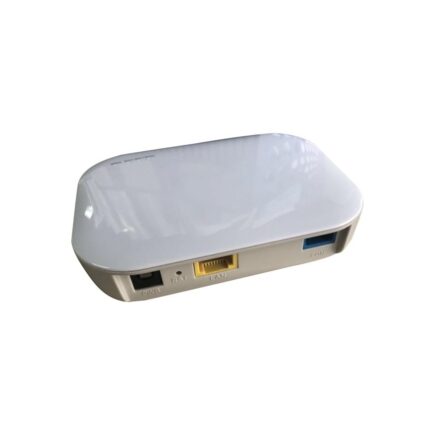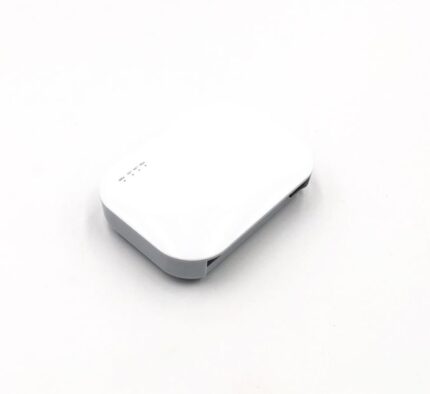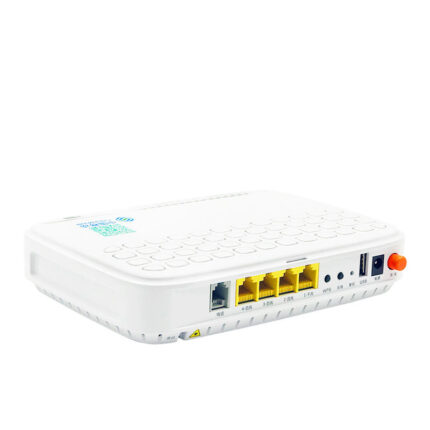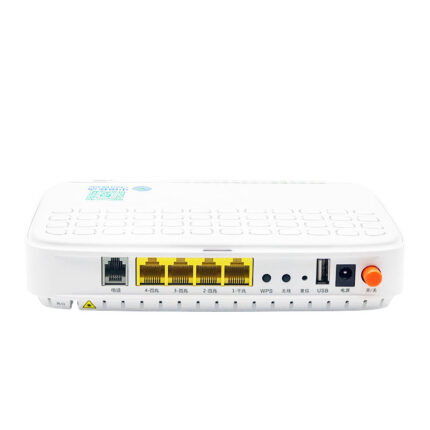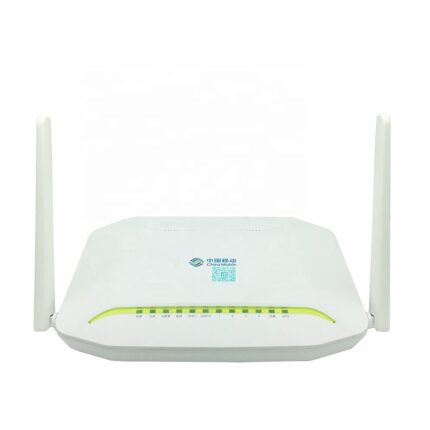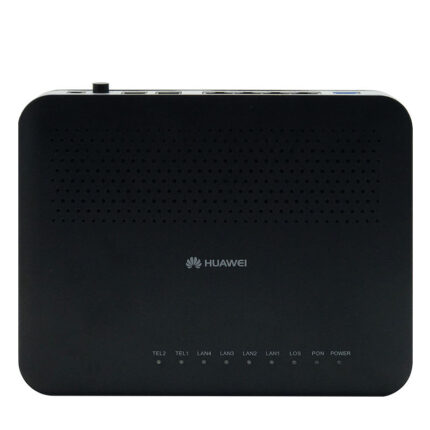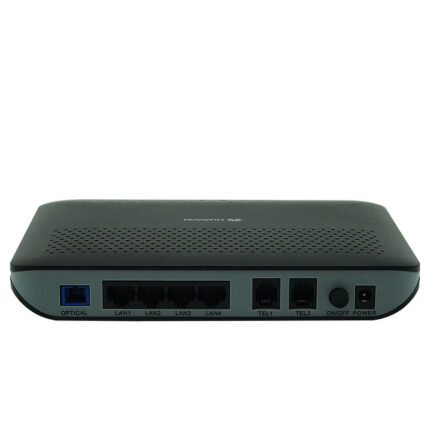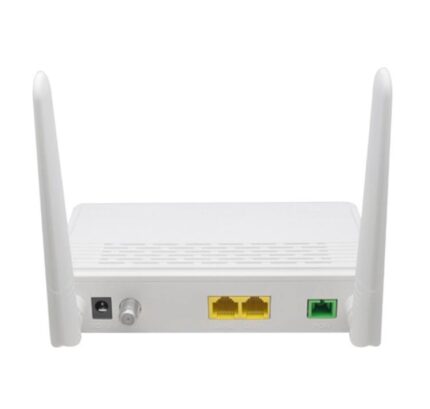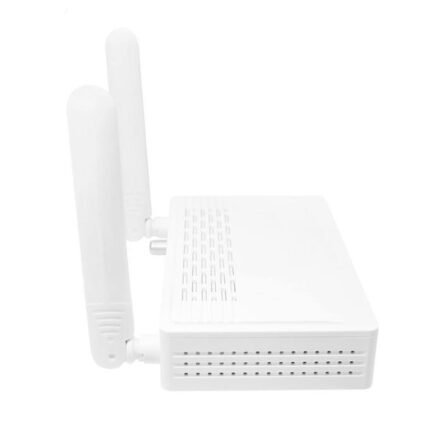GYFTZY Outdoor Cable Description:
GYFTZY Outdoor Cable is another type of fiber optic cable commonly used in outdoor installations. Here’s an overview of its specifications and characteristics:
- Cable Type: GYFTZY is a non-metallic, armored fiber optic cable.
- Fiber Count: The fiber count in GYFTZY cables can vary depending on the specific requirements, but it commonly ranges from 2 to 144 fibers.
- Armor: GYFTZY cables typically feature a layer of steel tape armor, providing additional protection against physical damage, rodents, and moisture ingress.
- Fiber Type: GYFTZY Outdoor Cable can accommodate both single-mode (SM) and multimode (MM) fibers, depending on the application requirements.
- Jacket Material: The outer jacket of GYFTZY cables is usually made of polyethylene (PE), which offers excellent resistance to environmental factors such as UV radiation, moisture, and temperature variations.
- Operating Temperature Range: GYFTZY cables are designed to operate efficiently in a wide range of temperatures, typically from -40°C to +70°C, ensuring reliability in harsh outdoor environments.
- Installation: These cables are suitable for direct burial or installation in ducts and aerial applications, making them versatile for various deployment scenarios.
- Standards Compliance: GYFTZY cables are manufactured in compliance with international standards such as ITU-T G.652.D for single-mode fibers and ITU-T G.651 for multimode fibers, ensuring quality and performance consistency.
Features of GYFTZY Outdoor Cable:
GYFTZY fiber optic cables find applications in various telecommunications and networking scenarios, particularly those demanding reliable performance in outdoor environments. Here are some common applications:
- Long-Distance Backbone Networks: Cables are often used as backbone infrastructure for telecommunications networks, connecting major metropolitan areas, data centers, and network nodes over long distances. Their high fiber count and robust construction make them suitable for carrying large volumes of data over extended distances.
- Outdoor Deployments: Due to their armored design and resistance to environmental factors, cables are well-suited for outdoor installations. They can withstand exposure to harsh weather conditions, temperature fluctuations, moisture, and physical damage, making them ideal for aerial, buried, or ducted deployments in urban, suburban, and rural areas.
- High-Capacity Data Transmission: With their high fiber counts and compatibility with both single-mode and multimode fibers, cables are capable of supporting high-capacity data transmission requirements. They are used in applications such as high-speed internet access, video streaming, cloud computing, and other bandwidth-intensive services.
- Telecommunication Networks: GYFTZY cables play a crucial role in telecommunications networks, including those operated by telecommunications service providers, internet service providers (ISPs), cable television companies, and private network operators. They facilitate the transmission of voice, data, and video signals, enabling communication between individuals, businesses, and organizations.
- Utilities and Industrial Applications: GYFTZY cables are also utilized in utility networks and industrial applications for tasks such as monitoring, control, and automation. They support communication infrastructure for smart grids, oil and gas pipelines, transportation systems, and other critical infrastructure projects.
- Government and Defense: In government and defense sectors, GYFTZY cables are deployed in strategic communication networks, military installations, surveillance systems, and command and control centers. Their rugged construction and reliability are essential for ensuring secure and uninterrupted communication in mission-critical environments.
Product Specifications:
| Specification | Description |
|---|---|
| Cable Type | Non-metallic, armored fiber optic cable |
| Fiber Count | 2 to 144 fibers (can vary based on requirements) |
| Armor Material | Steel tape or corrugated steel tape |
| Fiber Type | Single-mode (SM) or multimode (MM) |
| Fiber Diameter | Single-mode: 9/125 µm, Multimode: 50/125 µm or 62.5/125 µm |
| Cable Diameter | Varies based on fiber count and armor type |
| Operating Temperature | -40°C to +70°C |
| Installation Temperature | -20°C to +60°C |
| Tensile Strength | ≥ 600 N |
| Crush Resistance | ≥ 2200 N/100 mm |
| Bending Radius (Install) | ≥ 20 x Cable Diameter |
| Bending Radius (Operation) | ≥ 10 x Cable Diameter |
| Jacket Material | Polyethylene (PE) |
| Standards | ITU-T G.652.D (Single-mode) or G.651 (Multimode) |
| Applications | Outdoor, backbone networks, telecommunications, utilities, defense |
